
Tuscan Olive Bonsai Tree The Green Head
It is an attractive evergreen plant that can grow up to 6 feet tall and wide if it's trained correctly. The olive tree thrives at high altitudes where temperatures are cool year-round. Olive trees require little care, but they do need some basic requirements for their health and are best grown indoors or in areas with mild winters.
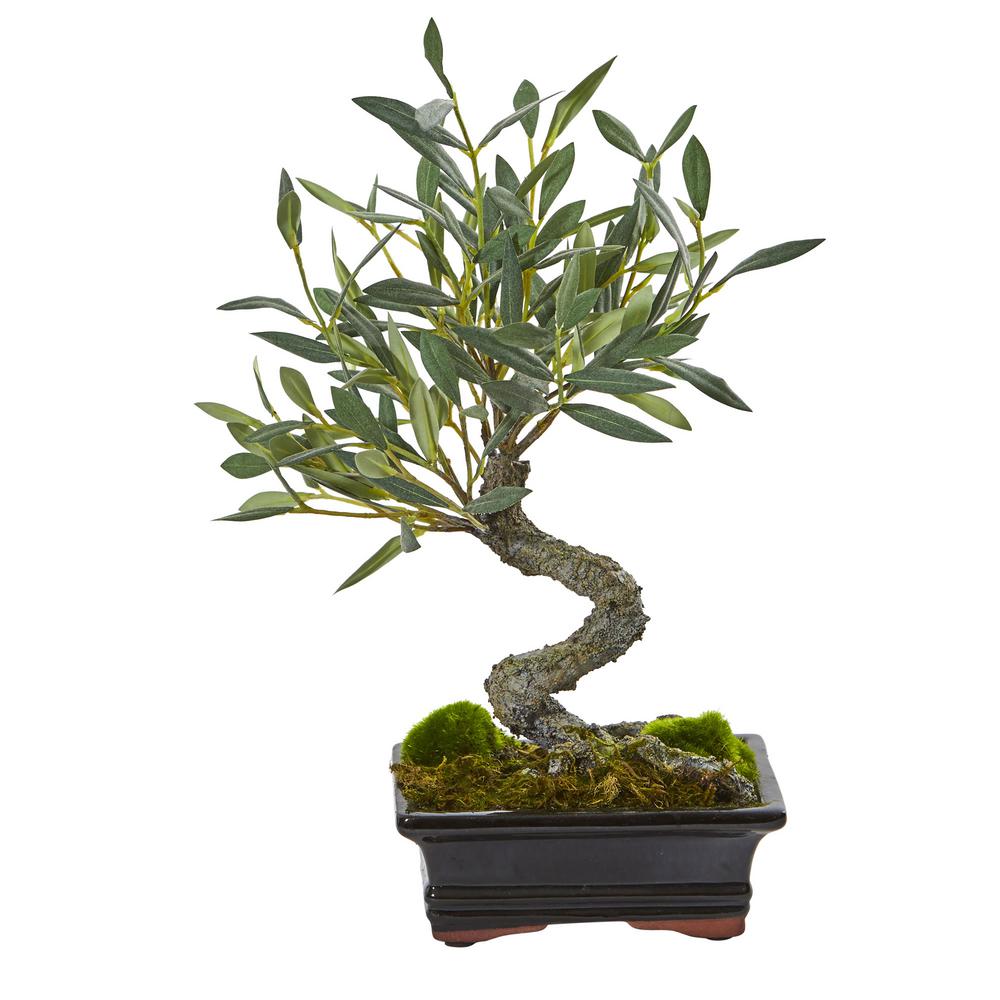
Nearly Natural Mini Indoor Olive Artificial Bonsai Tree4253 The Home Depot
The recommended soil mix for olive bonsai trees is 50% akadama, 25% volcanic ash lava rock, and 25% pumice. Repotting frequency may vary based on the age of the tree, with younger trees requiring repotting every 3-4 years and older trees every 5-8 years. Proper repotting ensures the long-term health and vitality of your olive bonsai tree.

10PCS Rare Olive Bonsai Tree (Olea Europaea) Seeds Bonsai Fresh Exotic Tree Seeds Mini Olive
The olive tree's small stature, naturally aged bark, and the gnarled and twisted appearance of their trunk and branches make it very conducive for bonsai. The European Olive produces flowers on its second year's branch growth. How To Take Proper Care Of Your Indoor Bonsai Tree Bonsai is the reproduction of natural tree forms in miniature.

BONSAI OLIVE TREE 300spartan
General information about the Olive Bonsai tree Olive trees are well ramified evergreen trees or shrubs and, depending on the variety, can become up to 10 or even 20 meters (33 to 66 ft) tall. Wild olive trees, called oleaster, are smaller than cultivars. The leaves are silvery-grey and narrow lanceolate to elliptic.

131 best Olive Bonsai images on Pinterest Bonsai trees, Bonsai and Olive tree
Prune the tree Repeat the process Olive bonsai tree quick facts Now, keeping any bonsai tree requires its unique challenges, so to help summarise some of the daily care required, I've enclosed a table below that should help: Let's explore this in more detail:
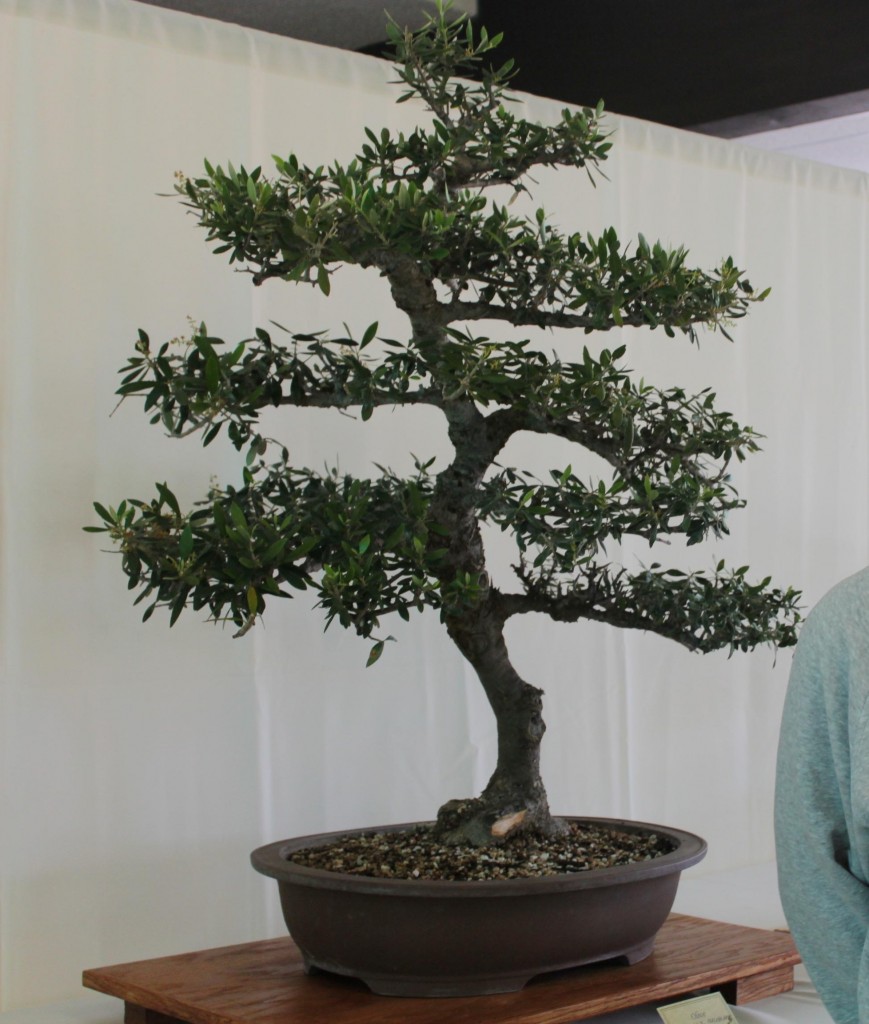
Olive Bonsai
The olea europea is known as olive tree or olive. One of its varieties is sylvestris, which is commonly called wild olive. The common olive tree has been gaining popularity in recent centuries due to its level of olive oil production. But in recent years, wild olive has generated growing interest for its resistance to drought and for its wood.

Wild Olive Bonsai Tree Bonsai
Dwarf black olive bonsai trees grow in a unique, zigzag pattern and in nature can reach heights up to 40-50 feet tall. The branches of this fascinating tree come out in an almost cantilever style, with a whorl of very tiny leaves and even tinier yellow flowers.

newzealandteatreebonsai My First Wild Olive Bonsai
Taxonomy - Olea is a genus of about 20 species in the family Oleaceae, native to warm temperate and tropical regions of southern Europe, Africa, southern Asia and Australasia. They are evergreen trees and shrubs, with small, opposite, entire leaves. The fruit is called a drupe. There are literally hundreds of cultivars of olive tree.
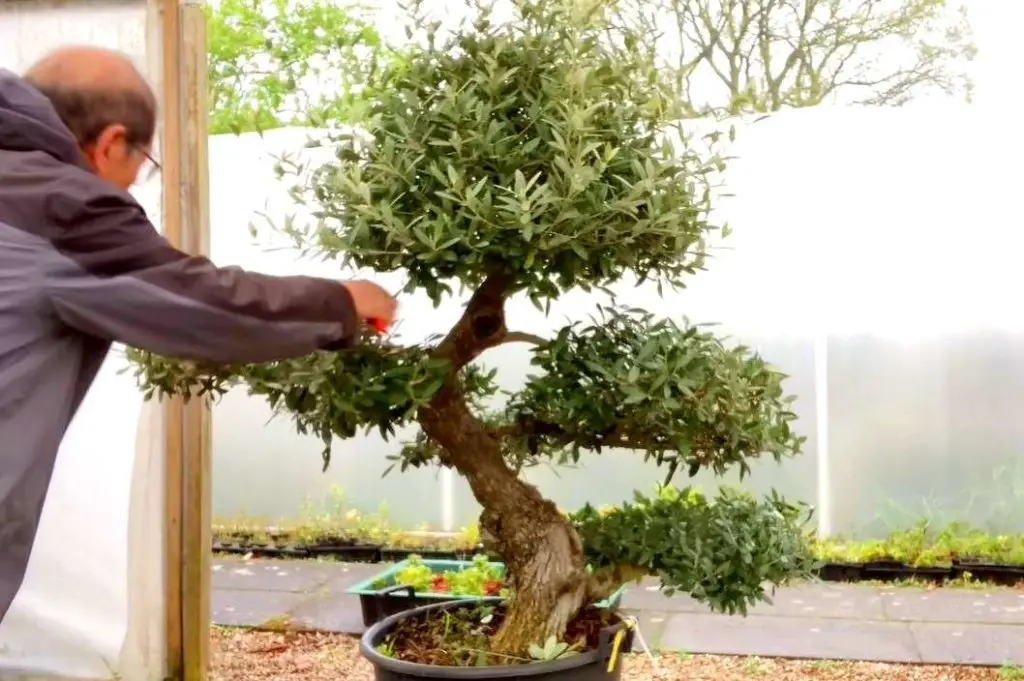
Bonsai Olive Tree Care Guide Indoor & Outdoor Care
Olive bonsai trees are known for their unique and artistic appearance. With their gnarled trunks and rough bark, they exude a sense of age and maturity. The ramified evergreen foliage of olive bonsai trees is a sight to behold. The narrow lanceolate to elliptic leaves have a silvery-grey hue, adding elegance to the tree's overall aesthetic..
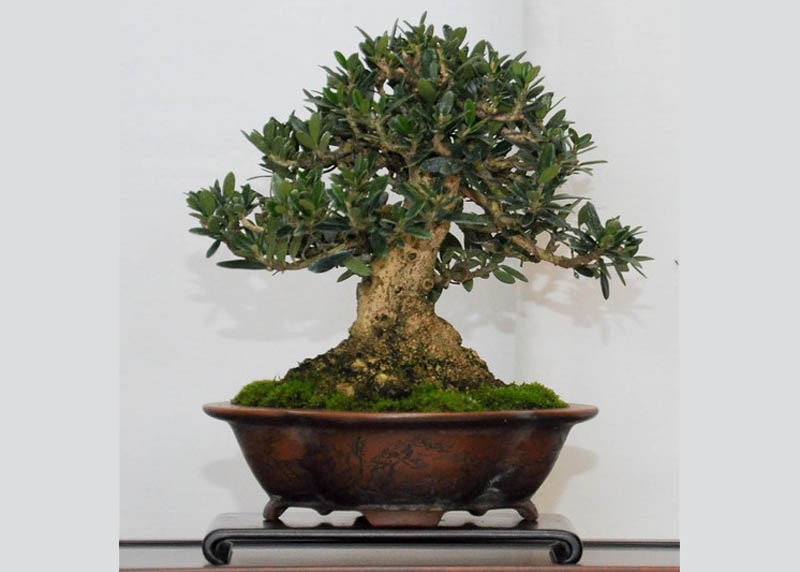
Care guide for the Olive Bonsai tree (Olea europaea) Bonsai Empire
Caring for an olive bonsai tree requires specific attention to its needs. In this chapter, we explore the vital aspects of watering, fertilizing, and providing the right amount of sunlight to ensure the health and vitality of your bonsai.

130 best images about Olive Bonsai on Pinterest Trees, Bonsai trees and Olives
Olive bonsai trees are a special type of bonsai tree that requires special care and attention. If you're looking to cultivate an olive bonsai tree, you'll need to understand the different varieties, as well as how to care for your tree. We'll also discuss how to identify an olive bonsai tree and how to make sure it's healthy.
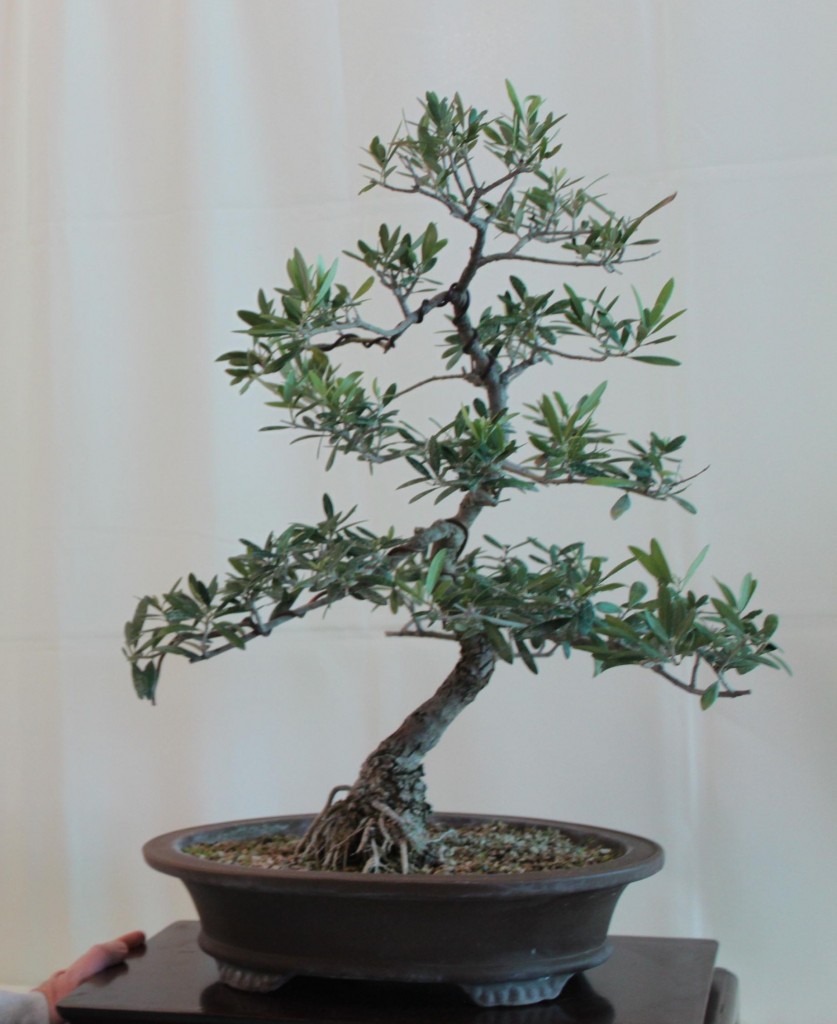
Olive Bonsai
The olive tree is suitable as a bonsai for beginners. Olive tree bonsai care in a nutshell: Fertilisation: Olive tree bonsai are fertilized from March to September with organic bonsai fertilizers. Older trees should not be fertilized too nitrogen-rich. A liquid bonsai fertilizer is suitable here.

21 best images about Bonsai olive trees on Pinterest Trees, Bonsai trees and Olives
Olive bonsai respond well to pruning and are great trees for clip and grow. Trim the branches back to 2 or 3 sets of leaves on each shoot and you will always get new shoots just below where you trimmed. Often you will get many more shoots than you need and you will need to prune the extra shoots away to avoid knuckles of growth forming in that.

Centenary bonsai olive trees Olive Tree Hunters Bonsai, Olive tree bonsai, Bonsai styles
Olive tree bonsai field development is the process of creating a miniature olive tree in a dish or pot. This is done by carefully pruning the roots and branches of a young olive tree to keep it small. The tree is then trained to grow in a desired shape, typically through the use of wire. Olive tree bonsai can be enjoyed for many years, and make.
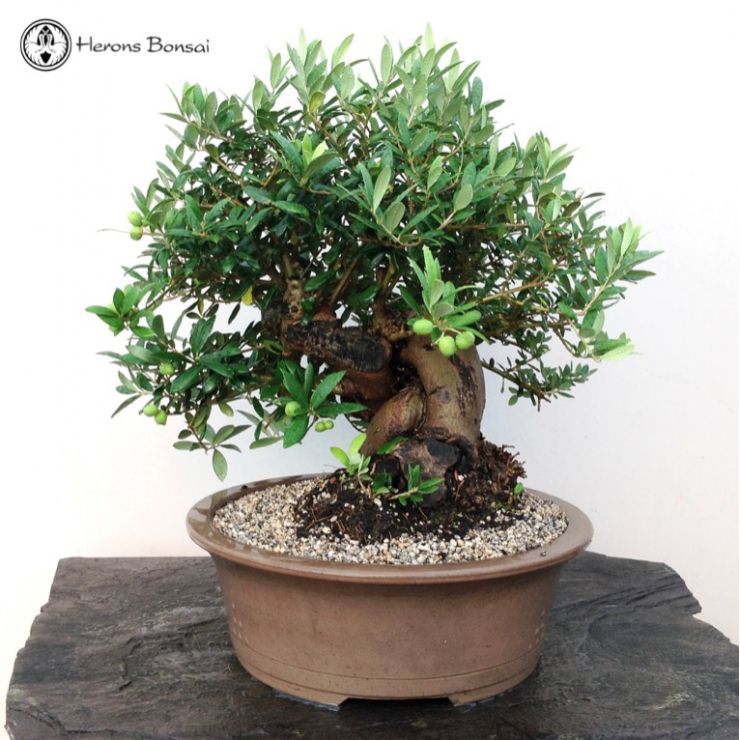
Olive Tree Bonsai Fruiting Olive Herons Bonsai UK
Free Shipping Available. Buy Olive Tree Bonsai on ebay. Money Back Guarantee!

Olive Bonsai Tree Bonsai tree, Bonzai tree, Olive tree bonsai
Temperature The trees grow best in zones 10B to 11. Ideally, the Black Olive tree should be kept in temperatures under 64 degrees during winter, but they should never be exposed to temperatures below 40 degrees. Watering & Feeding Watering Black Olive Bonsais should be well-watered and never dry.